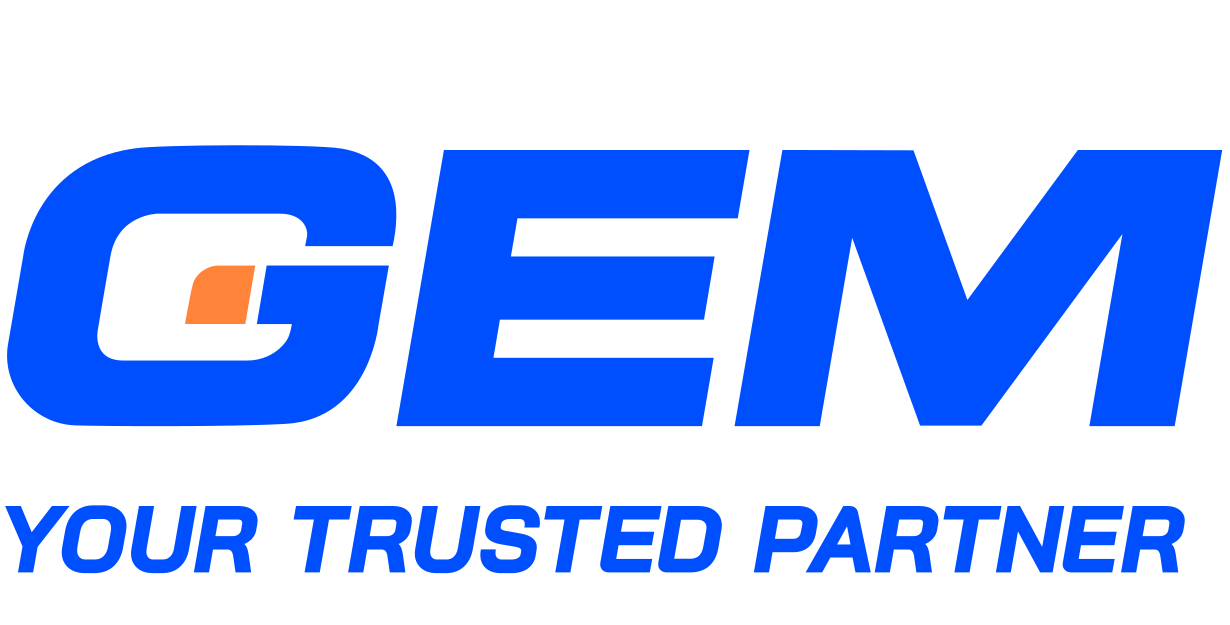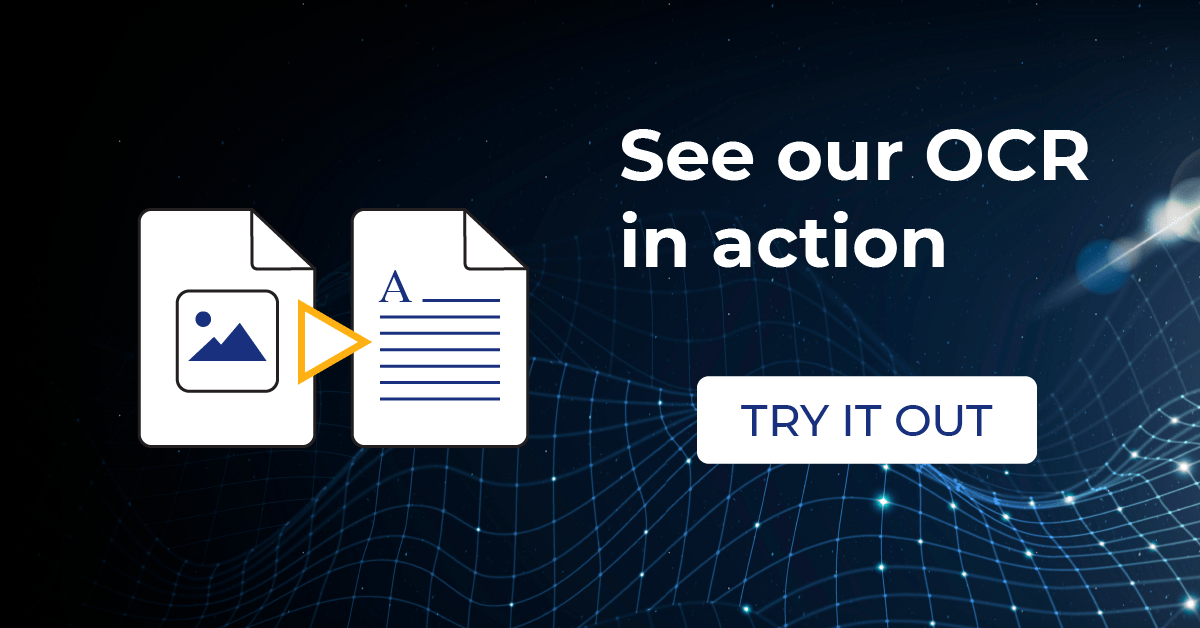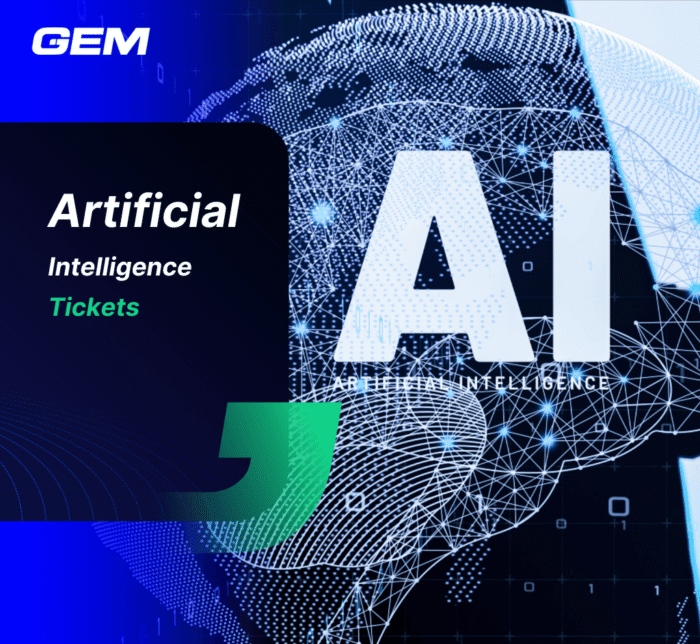Contents
As the world is entering the digital age, we need to convert handwritten and printed documents into electronic format at our fingertips quickly. Character Recognition, also popularly known as Optical Character Recognition (OCR), appears to be a practical approach to achieve that.
What Is Optical Character Recognition?
Optical character recognition is a well-known technology that enables the digitization of various documents or images across multiple languages and formats. OCR tools can scan and extract detailed patterns such as typed, printed, or handwritten from paper-based and printed records or photographs. Then, they convert this data into analyzable, editable, and searchable data that the computer can comprehend.
The development of OCR has come a long way, especially when it is empowered by deep learning. With this technology, algorithms are trained with a huge volume of data so that they can accumulate knowledge to operate themselves like the human brain. That removes dependence on historical patterns and enables OCR programs to learn and recognize any character with higher accuracy, even in complex backgrounds, noise, lightning, different fonts, and geometrical distortions. And more than just text recognition, deep-learning-driven OCR can instantly derive the documents’ meaning.
How OCR Works
Whereas human eyes can naturally recognize various patterns, fonts, or styles, computers require an advanced algorithm to process step by step. Fundamentally, there are six stages to train an algorithm and build up an OCR engine:
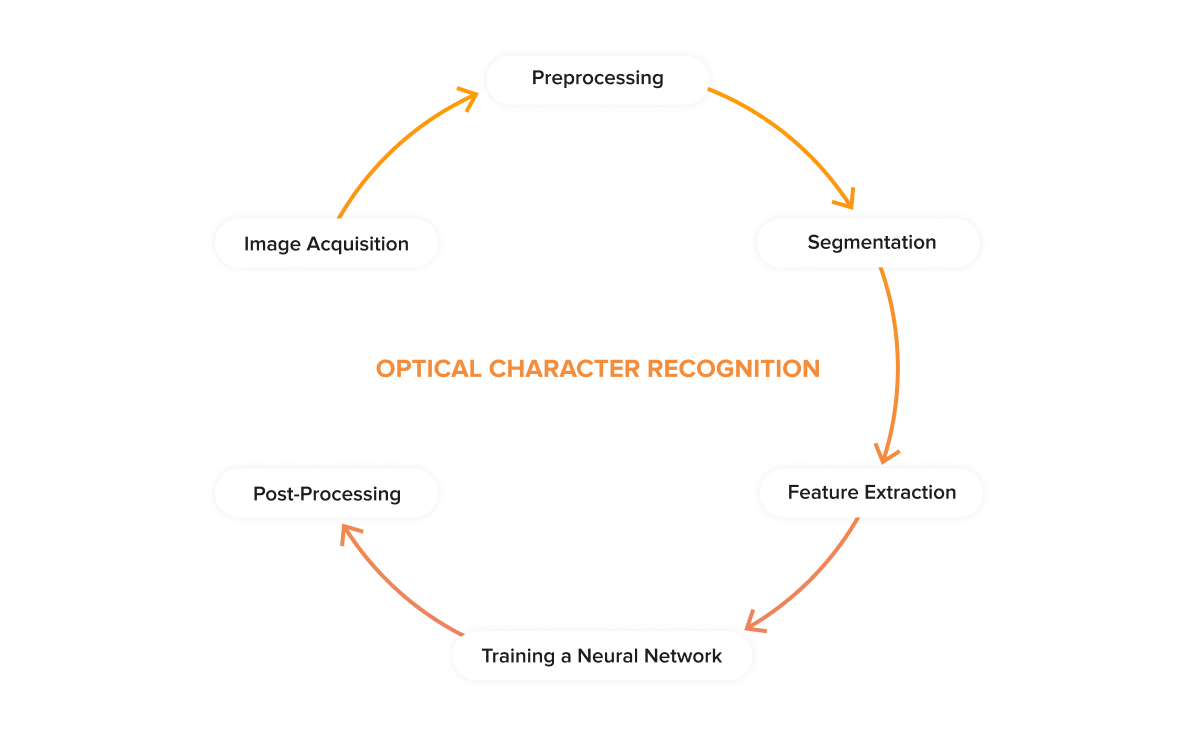
Image Acquisition: The optical scanners acquire images of documents by capturing and storing them in binary. In other words, each pixel in an image is converted into black and white. This binarization aims to differentiate text or any other required image element from the background so that the algorithm could further process.
Preprocessing: This step is to optimize the raw data to be usable on computers more easily and accurately. By reducing the noise level and removing unnecessary areas outside the text, preprocessing allows obtaining a cleaner character image to attain better results of image recognition.
Segmentation
This step means segmenting the image into groups of individual characters. Each group is a distinctive sequence of essential characteristics which could be prefined. So, the image can be scanned for patterns that match the groups.
Feature Extraction
This is the most sophisticated stage in the OCR mechanism. The algorithm divides the input data into particular classes that are previously predefined based on a set of rules.
Neural Network Training
When the extraction is completed, the data can be fed to the neural network (NN) and trained to recognize characters. Then, the training dataset will be used to solve the specific problems.
Post-Processing
In this stage, the output stream is reviewed and adjusted to improve the OCR model accuracy. The system can use features’ co-occurrence frequency to rectify mistakes. For example, “Washington, D.C” is more popular than “Washington DOC.” Additionally, the grammar is utilized to determine the language being scanned. However, it is impossible to attain 100% precision because the recognition of characters hinges on the context. Sometimes, human intervention is still necessary to verify the outcomes.
How OCR Benefits Our Lives
From a primitive tool for the visually impaired, OCR was refined as a priceless technology that greatly influences how we work and how things work for us.
First, the most practical value of OCR is to simplify the communication between a human and a computer. OCR’s convertibility allows digitizing paper-based and printed documents into machine-readable formats. OCR interprets documents into words and collections of words that are useable in many formats, such as .DOC, .DOCX, .XLS, .XLSX, .TXT, or even searchable .JPG, .PNG, .GIF, .TIFF, and .GIF. Due to that, users can easily access and use this editable data in many ways and purposes.

Secondly, OCR revolutionizes data and storage processes. Managing paper-based information is a time-consuming task as it requests to store physical and original files. This manual work could lead to common user errors such as data unusability, inaccuracy, and loss. Using OCR, entire traditional stockrooms of documents can be digitized and safely stored in the cloud. That reduces inefficient steps, errors, or omissions in data management.
Thirdly, OCR offers invaluable insights for enterprises. In business, the highest quality insights are the most powerful information to gain a competitive edge. The advanced version of OCR, driven by deep learning, can assist in not only simply detecting scanned text but also automatically analyzing and understanding its meaning. The decoding of information can help discover billions of dollars worth of insights and save a lot of time for OCR adopters.
Finally, OCR makes life easier for customers. Besides internal usages, many industries are adopting OCR to leverage customer experience. This technology improves operational efficiency and customer satisfaction by making data easily searchable and secured. As all customer information is converted and saved in the digital system, the company can collect and retrieve client information with only a few clicks and impress them with instant assistance. That speeds up and simplifies customer service so that they can deal with any problem requiring immediate resolution.
Popular OCR Applications That We Might Not Notice
Optical Character Recognition is playing an important role in most companies across industries and supports millions of users’ daily activities. Below are a few significant examples that apply optical character recognition technology:
Document Recognition
This is one of the most prevalent use cases of OCR as the world is in the era of big data. A lot of information can be extracted from printed documents and classified into groups of documents, making access infinitely easier and faster. Google Books utilizes OCR to create digital libraries which are divided into a variety of genres. People can look up a particular category of books, or even a detailed extract in a magazine from their computers.
Live Translation
By integrating with OCR technology, smartphones can do real-time translation. Users do not need to capture to translate but hold the camera to scan text and instantly get translation in all languages. This versatile function eliminates language barriers. Travelers can use it to facilitate effective communication with local people or understand foreign language menus, road signs without any difficulties.
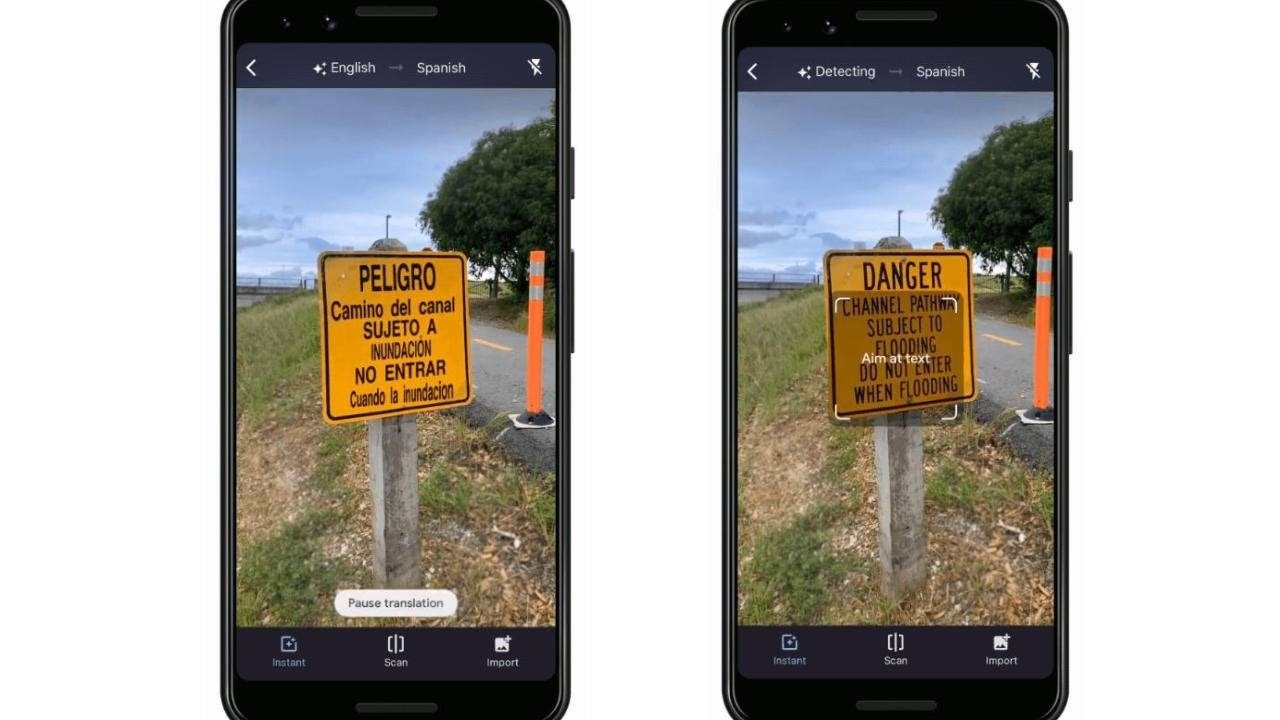
Data Entry Automation
This application has grown in popularity among businesses. With OCR, data can be efficiently captured from physical documents and converted into electronic formats. Automation of data entry powered by OCR reduces human and transcription errors from data entry. It also results in simplification of workflows and regulatory requirements, as well as reduction of costs to keep the business moving forward.

Number Plate Recognition with OCR
Number plate recognition is a form of automatic vehicle identification. OCR strengthens NPR to identify the characters and numbers on license plates immediately. Today, real-time number plate recognition is widely applied to maintain law enforcement and traffic rules. For example, it is used to find stolen cars, calculate fees for parking, or invoice tolls
Marketing Campaign
FMCG brands have used OCR as a new marketing approach to freshen customer experience. They attach a scannable text section to their products. When consumers scan this text section by a mobile camera or capturing device, it is changed to promo codes to redeem. Additionally, that helps brands collect information about customers’ usage and scan behavior to evolve products and services that meet their needs.
Over the years, OCR has demonstrated its necessary role as a disruptive technology that quietly revolutionizes many aspects of human life. In the future, OCR is expected to combine with many other advanced technologies to make strides in a wide range of areas around the world.
Are you looking for an OCR expert?
1. GEM Corporation is an IT Outsourcing company experienced with developing AI solutions. We have worked on developing NLP and OCR solutions for top industrial corporations in Japan; specialized in deploying chatbots, text and image processors, recommendation systems. We are also partnering with Vietnam National University’s AI Laboratory on scientific research and talent training.
2. Our domain expertise includes Logistics, Telecommunications, Finance, Banking and Insurance, Retails, Manufacturing, and so on.
3. We have more than 7 years of experience. Our offices are based in Hanoi, Vietnam and Tokyo, Japan.
4. We have successfully built more than 100 successful projects for our clients in the US, UK, Europe, Japan, Korea, Singapore, and many more.
5. Let us know how we can help you build your next AI solution. Contact us now and get a demo for your project.
